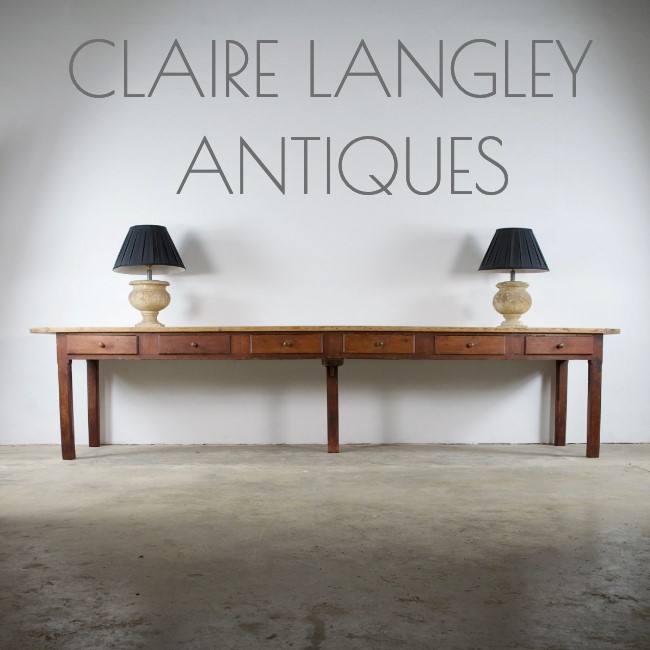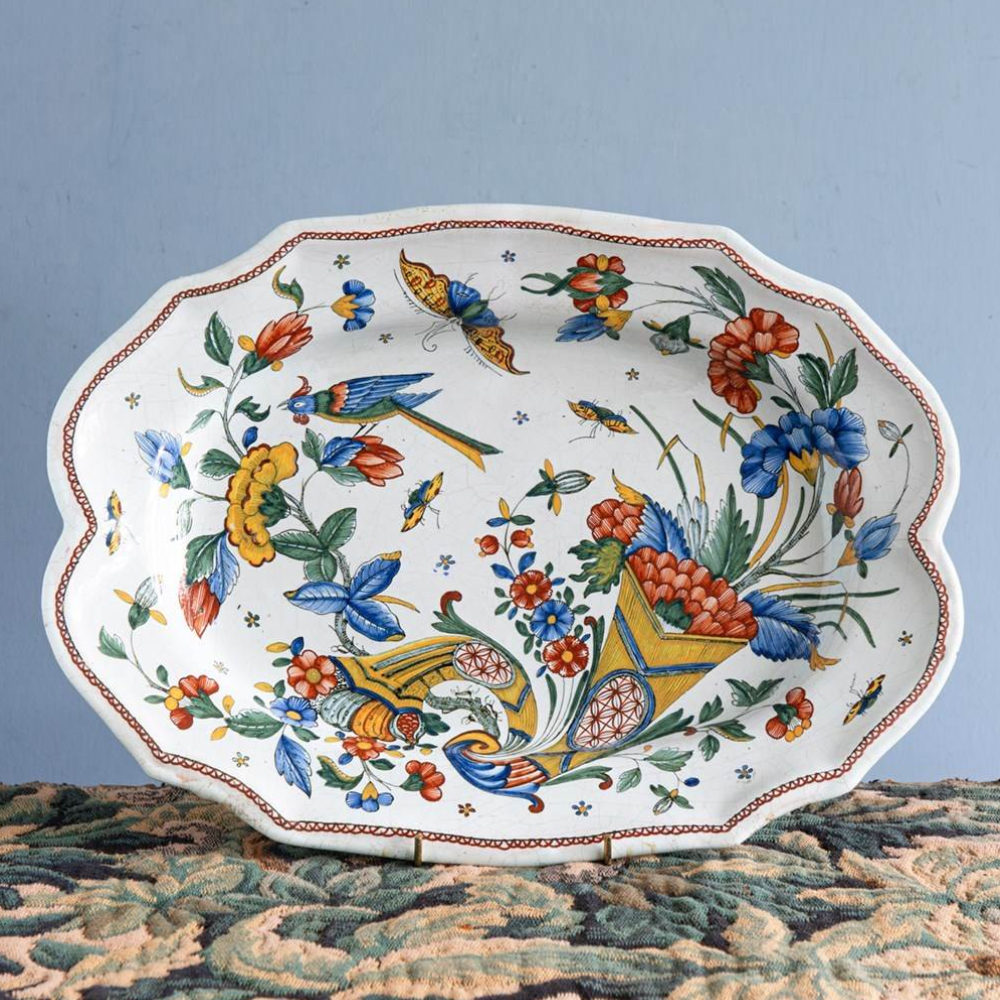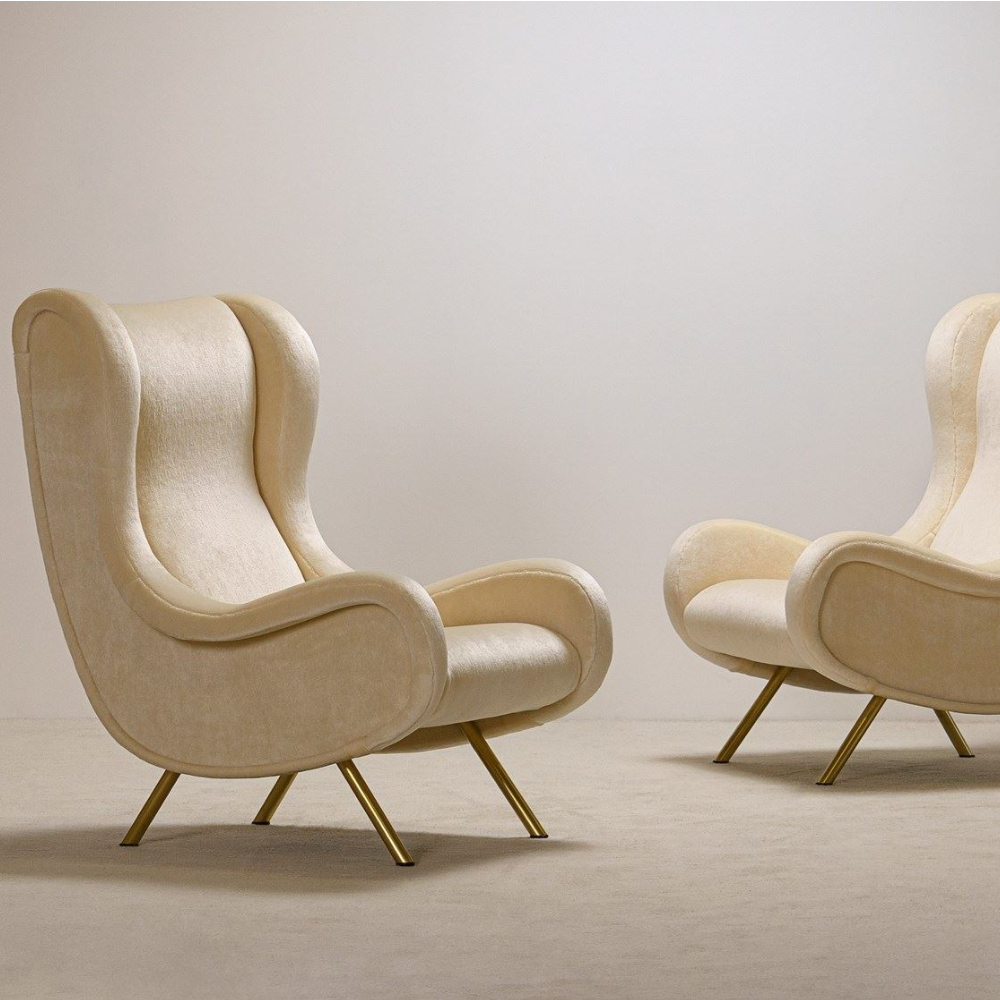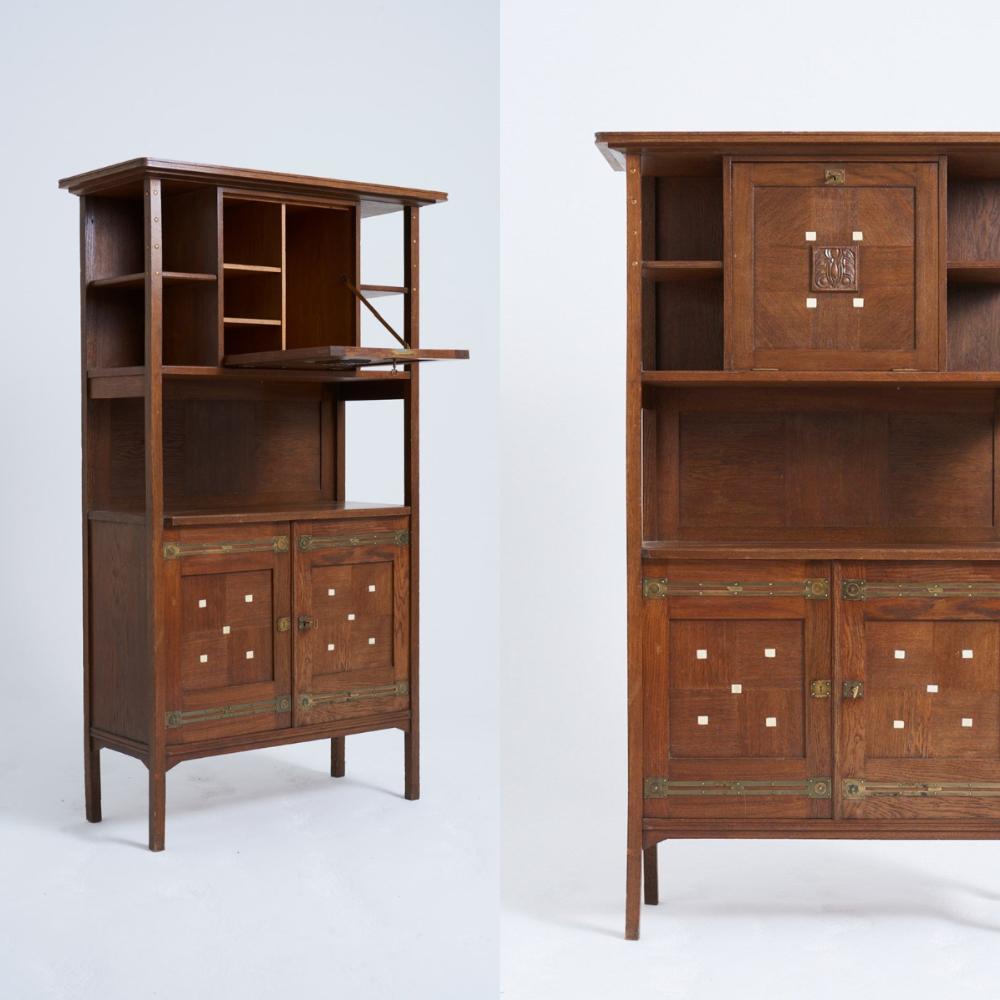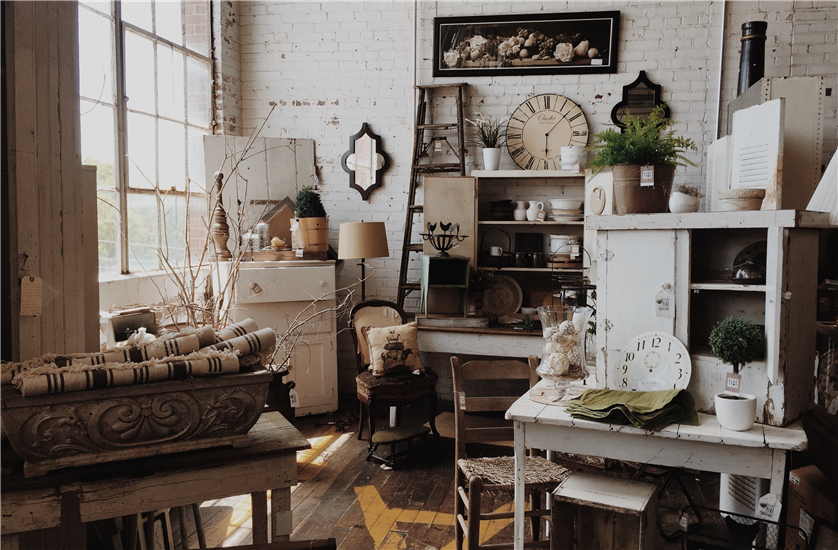
To many people, the differences between antique furniture and vintage furniture aren’t automatically clear. Thanks to some sellers accidentally muddying the waters by labelling their retro furniture as antique when it isn’t, it can be difficult for buyers to understand what the terms actually mean and why they matter.
So, what is classed as antique furniture and how is it different from vintage furniture?
How Old is Antique?
The general rule when thinking about antique furniture is the 100-year cut off: anything more than a century old should be classed as an antique rather than vintage. In fact, that 100-year rule is written in American customs regulations, yet it’s slightly more complicated than that sometimes.
In certain circumstances, the heritage of the item can be taken into consideration, reflecting the lifespan of the object has passed more than two generations of 40 years. On this measure, an item may be classed as an antique from 80 years after it was built or created.
Even so, in practice, antique and vintage difference usually comes down to that one measure: the 100-year rule.
What Counts as Vintage?
There can be as much confusion about vintage furniture thanks to the multiple names it may be known by. For instance, it’s not uncommon for collectors, buyers and sellers to refer to vintage furniture as collectable furniture.
It’s worth taking a moment to remember where the word “vintage” originally derives from. Related to the process of dating a bottle of wine, a vintage year is one where the quality of the grapes was excellent and therefore the quality of wine should be excellent too. If we apply that definition to furniture and other items, then, knowing when an item was made can give us a better idea of how valuable it is.
A looser definition of “vintage” connects to the prevailing fashions of the day, relating to something popular in a different area to the current one. That’s why we see items from the 1980s described as vintage even when the people who lived through that decade don’t see the furniture that surrounded them as vintage at all.
If we’re thinking about identifying vintage furniture from an age point of view, many experts would say vintage counts as anything made from 50 years ago to 100 years ago. While this may be a stricter definition than the others, it’s important to remember that all three are valid ways of classifying what vintage furniture is.
Is Antique Better Than Vintage?
Antiques are often considered better than vintage furniture simply due to the age cut-off. It seems slightly unfair that an item 99 years old should be treated differently to one made just a year earlier and, in practice, the lines are more blurred than that.
Quality matters too. While an antique desk from 120 years ago may be in terrible condition, a vintage desk from the 1960s may have more value to a collector thanks to its pristine condition.
There are also a few other points to be aware of regarding antique furniture restoration, antique reproduction furniture and vintage-style furniture.
As the name suggests, antique furniture restoration is the process of returning antiques to their former glory. When done professionally, these restorations are almost unnoticeable, although they can affect the value of a piece.
Antique reproduction furniture is another creature entirely because it’s generally a copy of an antique rather than an antique itself. Complicating matters further, some of these antique reproductions are actually vintage items themselves, but it’s important not to mistake a reproduction as the genuine article.
Finally, vintage-style furniture and retro furniture may both refer to items that are in the style of vintage furniture – i.e., not vintage themselves.
What is the Price Difference Between Vintage and Antique?
The value of a genuine antique is usually higher than vintage items because of the age factor, yet there are other factors in play too.
We’ve already mentioned that the quality of antique and vintage furniture affects the value of an item, but so too does the scarcity and demand.
Rare vintage items such as a highly limited-edition piece of jewellery may be more valuable than an antique chair known to have hundreds of siblings across the world. Plus, if more people are interested in owning that piece of jewellery, demand goes up and the prices rise accordingly.
So, age isn’t the only marker of value in the antiques and vintage markets: plenty of other factors are at play too.
Visit the Online Antiques Marketplace
Decorative Collective is your one-stop-shop for antiques and vintage furniture, lighting, accessories and more. Established in 2009, the marketplace has something for every buyer and provides a safe trading environment for any seller too.

